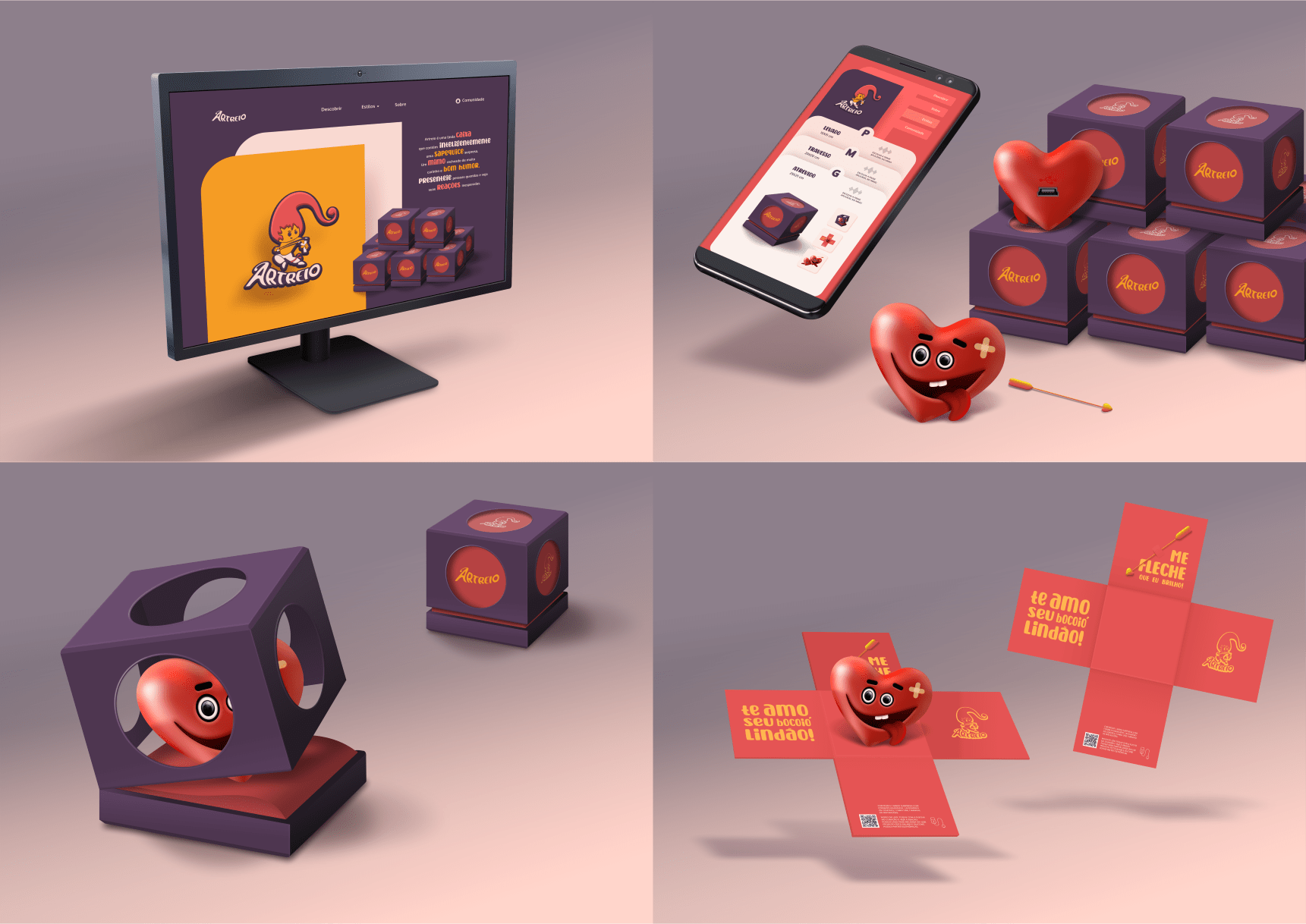CorelDRAW
Develop your edge as an artist and designer with CorelDRAW’s Guide to Vector Design. Learn the basics of vector graphics and design, and feel empowered to tackle any challenge that comes your way.


As we outlined in the previous chapter, vector graphics are digital images created from geometric elements — points, lines, and shapes — layered and arranged to form designs. Vector files store this geometric information according to mathematical coordinates. Vector designs are flexible, scalable, and great for many digital and print applications.
While vector formats are perfect for many situations, there are projects where a different image type would make more sense to achieve your desired results. Understanding the benefits and limitations of vector technology will help you choose the right format for your next design project.
In the following sections, we discuss the specific benefits of vector graphics which make them a powerful choice for designers.
Vector formats take up less space than raster image formats, so working with vector graphics decreases the amount of storage needed for your art files. Smaller file sizes also make it quicker and easier to share images via email or file-sharing applications.
Web designers especially appreciate vector graphics’ small file size because they load much faster on web pages. One of the most widely used online image file types, SVG (Scalable Vector Graphics), is favored for its small file size. Smaller image files lead to faster page load times and a better user experience.
As we’ve previously established throughout this article series, scalability is one of the top benefits of vector graphics. Images created with vectors can be scaled infinitely, from a tiny logo on a pen to a billboard image and every other imaginable size.
Scalability is critical for digital applications because you want an image to look equally crisp and clear on all screen sizes. This is why SVGs are so ubiquitous for web use — they’re scalable and responsive, automatically adjusting to various screen sizes without loss of quality.
Vector graphics’ scalability also shines when it comes to print production. From print-on-demand platforms to t-shirt screen printers, print shops prefer working with vector files because of how easy it is to adjust and scale them for use on various products.
It’s easy to modify vector image files because all the visual elements are saved according to distinct geometric coordinates. Designers can get very precise with tweaks and edits, changing individual points, lines and shapes while preserving the image quality. In a vector file, any element on the page can be quickly and easily resized, rotated, stretched, skewed, shifted, or otherwise adjusted at any time.
If your project or deliverables call for a raster image instead of a vector graphic, converting your vector file into a raster image format is straightforward. Converting a raster image to a vector, on the other hand, is extremely difficult and typically requires extensive tweaking and adjusting.
Tools like CorelDRAW’s PowerTRACE tool can vectorize a raster image, but it takes a lot of processing power and won’t always look perfect if your raster image is complex. If you think you’ll need to edit or adjust your image in any way, it’s best to create it in vector format from the start and export a raster version later, if needed.
Although vector files are ideal for many design projects, there are some situations where the vector format isn’t the right fit.
Raster graphics are a great choice if your design requires a realistic style or incredibly detailed artwork. If your project involves photographs or photorealism, stick to photo editing software or vector-based visual overlays rather than fully-vectorized files.
Because raster image data is essentially a fixed pixel map, raster images look the same wherever they are opened. Vector graphics are different. Since the image is drawn each time the file is opened, slight variations can occur when opening vector files with various programs. For this reason, designers should always view a proof when working with a third-party printer to ensure their designs are replicated accurately.
Because vector graphics are about scalability and smooth lines, they don’t look nearly as good on lower-resolution displays. They also don’t look as good when rasterized at low resolutions because the smooth lines become choppy and pixelated. Typically, exporting a vector graphic as a raster file type doesn’t cause issues, but you’ll need to experiment with resolution settings to get a good result. Remember that your exported raster image could be a larger file size than the original vector file.
Since your computer and vector software are essentially re-drawing your image elements every time you open a vector file, processing the image can take slightly longer — especially if it’s a larger, more complex image. Most newer computers don’t have much trouble loading vector art, but it can be a concern with older technology. To speed up image processing and eliminate lag, ensure your computer has plenty of RAM and processing power.
Vector technology is a powerful tool for creating stunning graphics and art. There are many benefits to using vector graphics in your design projects. Vector art is scalable, editable, convertible, and great for collaborative projects — all with a small, easily manageable, and shareable file size.
While vector graphics are great for many types of design projects, there are still some shortcomings to the format. Understanding the pros and cons of using vector graphics will help you plan appropriately for future digital projects. In some cases, raster graphics will give you the results you desire.
Next up, explore more in-depth information about raster images and tips for designing with raster file types.
Try CorelDRAW today for free, and take advantage of powerful tools for vector illustration, page layout, and more. Start creating today!
Learn more


